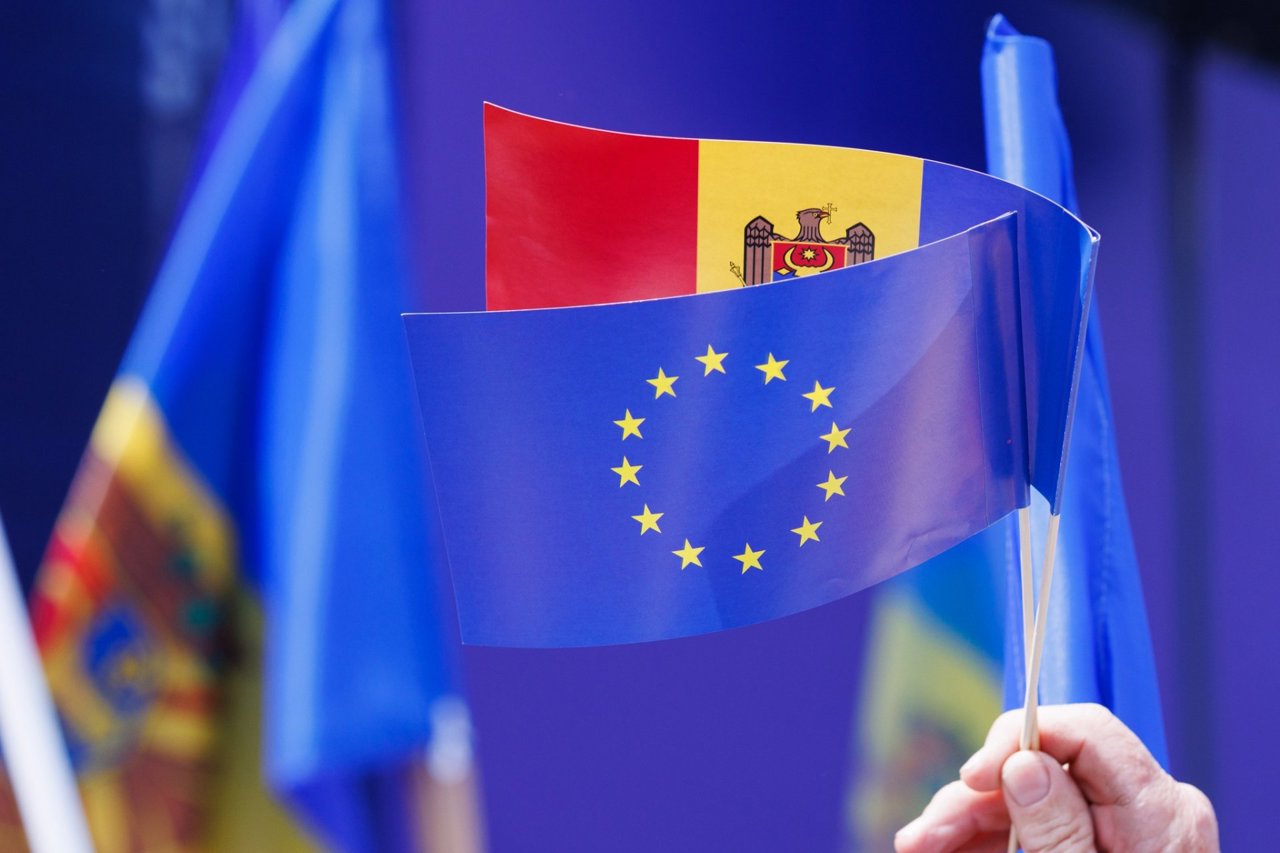May 8–9 and Nazi Germany’s capitulation: a carefully preserved historical ambiguity
Two distinct commemorations reflect two opposing worlds rather than a path to reconciliation. On Thursday, May 8, the West—represented by cities such as Paris, London, and even Kiev—celebrates the day in May 1945 when Nazi Germany surrendered, acknowledging the joint offensive by the Western Allies and the USSR. Conversely, on Friday, May 9, Moscow will hold a massive military parade that emphasizes anti-Western sentiments. This event will feature the leaders of the BRICS group (Brazil, Russia, India, China, and South Africa) and numerous African heads of state, representing over half of the world's population.
If the main leaders present included China's Xi Jinping and Brazil's Lula, India’s Modi stayed home, citing the recent conflict with Pakistan as a reason.
May 9th was celebrated in Russia under Yeltsin in 1995. This was necessary because all former communist holidays had been cancelled, including May 1st, Labour Day. The date of May 9th has been recorded differently in Soviet and Russian history books from the very beginning.
When did the real surrender take place?
The unconditional surrender of Nazi Germany has always been somewhat confusing. Initially, it was signed only by German military authorities—specifically, the army leadership—a few days after Hitler's suicide, but not by the civilian government.
The signing of documents allowed the celebration of the surrender date on two different days. The document that covered the surrender of all German forces, effectively ending World War II, was signed on May 8, 1945, in Reims, France, in the presence of American General Eisenhower, who would later become president. Delegations from Great Britain, France, and the Soviet Union also participated in the surrender ceremony. The war was over at midnight between May 8 and 9, and Germany's total surrender occurred.
However, to distinguish themselves from the West, the Soviets reenacted the surrender ceremony. The day after the surrender in Reims, in the presence of American Eisenhower, another surrender was organized in Berlin, which the Red Army occupied. This time, it took place in the presence of Soviet Marshal Zhukov. As a result, the total surrender of Germany did not go into legal effect until May 9. This is the date retained by the Soviets and, later, by Russians, while most other countries celebrate May 8, the day of the surrender in Reims, as Victory Day.
The fact that Ukraine has, for several years, followed the example of the Baltic countries in commemorating May 8—abandoning the traditional May 9—has caused desolation and anger in Moscow. By celebrating May 8, which marks Germany’s effective capitulation, Ukraine reserves May 9 for a celebration of a different significance: on May 9, 1950, French Foreign Minister Robert Schuman proposed the pooling of the coal and steel industries of France and Germany. This initiative eventually led to the European Coal and Steel Community (ECSC) creation.






